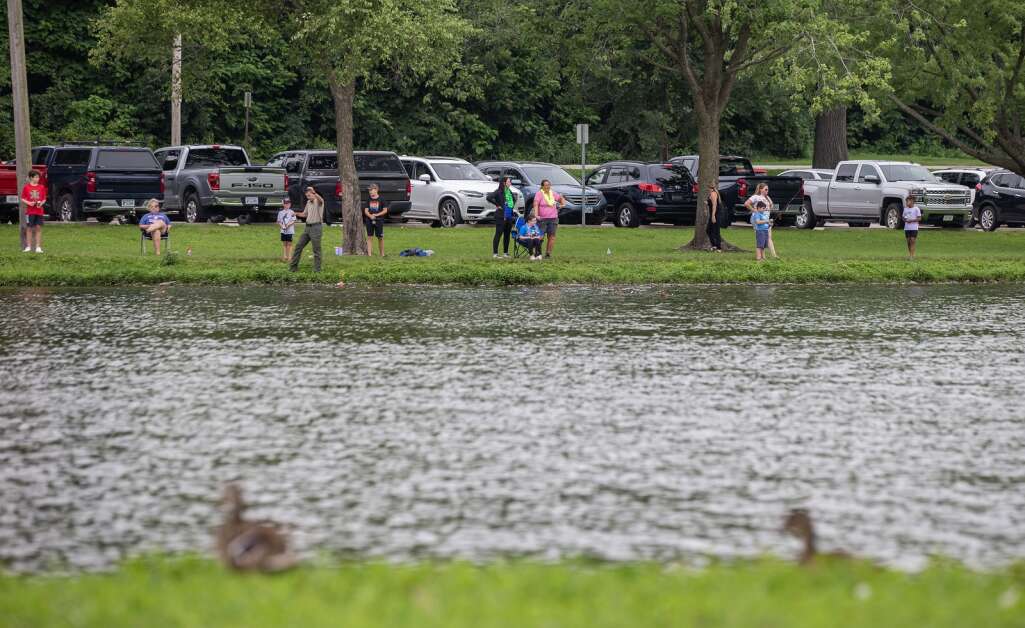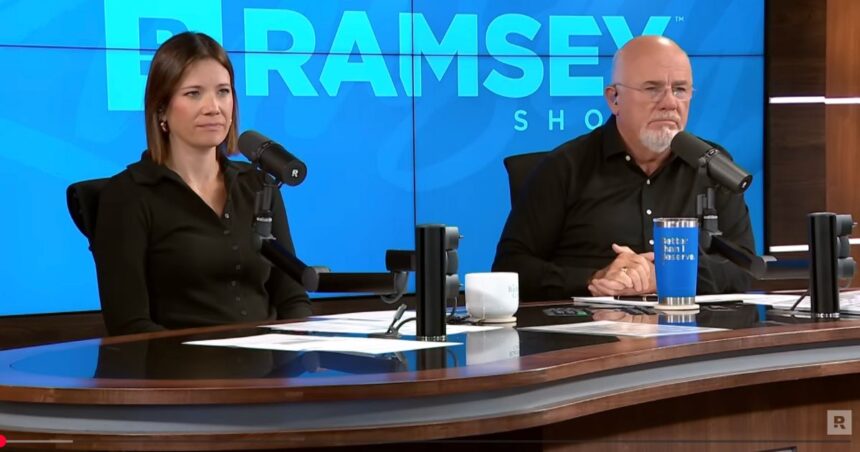The Gazette uses Instaread to provide audio versions of its articles. Some words might not be spoken correctly.
The city of Sioux When was the last time you heard someone gripe about summertime rains being too heavy?
Iowans aren’t quite to the point of requesting a break from the showers that have been falling almost every week since mid-May due to the state’s heavy, regular rainfall this summer, particularly during a record-breaking July.
Some people’s biggest grievance is that they have to mow their lawns more frequently than they would like to.
Compared to the previous four summers, when the area was struggling with persistent drought conditions and forecasters like Justin Glisan had to deliver bad news regarding rainfall, this is a pleasant change.
According to the state climatologist for Iowa, “Everything is happy: vegetative, humankind, livestock,” “I’m basking in that reprieve from the complaint department.”
There hasn’t been much to be upset about, even for farmers, who can be doubtful—some might even say pessimistic—when discussing weather conditions.
“My discussions with growers are often rather positive. Leah Ten Napel, a field agronomist at Iowa State University Extension and Outreach in Le Mars, stated, “It’s a different conversation than we’re used to.” “We’re definitely not used to seeing this amount of moisture in July.”
Last month second-wettest July on record
With an average rainfall of 9.20 inches, more than double the average of 4.17 inches, Iowa just had its second-wettest July on record, according to records going back 153 years. The only other wetter July was 1993, which saw floods over the entire state, according to Glisan. That follows June’s 37th wettest day.
North central Iowa had the wettest July, while northwest Iowa had the fourth-wettest, according to the state’s nine climate divisions. Spencer experienced the seventh-wettest July on record, with 9.41 inches of precipitation. The yearly precipitation total for the Clay County seat was almost 6 inches higher than usual when August got underway.
In July, Sioux City had 6.62 inches of rain, which is over twice as much as the city typically gets (3.35 inches). Sioux City ended July with precipitation levels that were about average for the year, making up for a drier-than-normal April and May.
In July, Cedar Rapids received 6.15 inches of rain, more than the city’s typical 4.41 inches.
Heavy rainfall totals were unexpected
The fact that many forecasters didn’t really see this rainy streak coming has only added to its enjoyment.
According to Glisan, the region is expected to see drier-than-normal precipitation in July, according to the government Climate Prediction Center. Given his findings, Glisan was a bit more hopeful, but he was nonetheless surprised by what transpired.
“We didn’t know it was going to be this wet,” he stated.
According to Glisan, ideal rainfall conditions have been created by an exceptionally high southerly flow of air that has been bringing moisture up from the Gulf of Mexico since May, together with soil that has been wet from earlier rains.
“The Gulf moisture gate is wide open,” he stated.
Additionally, Pacific air movements have caused the atmosphere to become more humid.
Although there weren’t many storms to talk about in July, you might say that it’s been a perfect storm for rain. This summer and for the majority of this year, Iowa has experienced fewer severe weather occurrences than usual. The hail, strong winds, thunder, and lighting that Iowans are used to seeing have not accompanied the rains.
Instead, everything has been growing and staying green due to a summer of consistent rainfall spaced out every few days.
August through October lean toward drier weather
Ten Napel stated, “At the moment, we are looking pretty good for water.” “We are at a really comfortable place.”
And probably will remain there. According to Glisan, forecasts predict a warm and rainy first half of August. The moist section has previously been seen. As of Wednesday, Sioux City had already gotten 1.82 inches of rain this August, exceeding the average of 18.70 inches and raising the annual total to 20.22 inches.
Over the weekend, a lot of the state received a lot of rain; in some parts of Eastern Iowa, the rain totaled almost 4 inches between Saturday and Sunday.
According to Glisan, the remainder of August through October is trending toward a drier signal, which would be advantageous for harvest.
“Let’s get August in the books, and then we can turn the faucet off for harvest,” he stated.
Not many people would complain to him about that.






